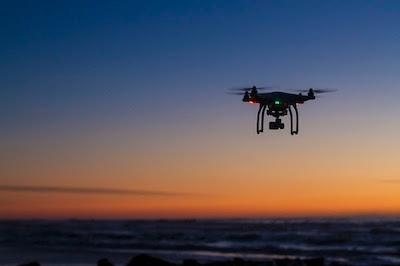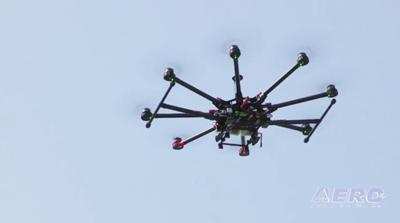Two Key Initiatives Underway To Help Make Routine Drone Use A Reality
The FAA recognizes that unmanned aircraft systems –“UAS,” or more popularly, “drones”—are the fastest growing segment of aviation. In the United States, these aircraft are flown for fun or for performing commercial operations, going places and doing things that would otherwise be dangerous for people or other vehicles.

The FAA is dedicated to safely and fully integrating this innovative technology into America’s national airspace. The agency and its government and industry partners have two key initiatives underway that will help make the routine use of drones a reality. One of these is the UAS Traffic Management Pilot Program (UPP).
As the demand for drone use below 400 feet increases, the FAA – along with NASA and industry partners – is developing a UAS traffic management (UTM) infrastructure to accommodate these operations safely and efficiently.
UTM is the manner in which the FAA will support UAS operations in low altitude airspace. UTM utilizes industry’s ability to supply services under the FAA’s regulatory authority where these capabilities do not currently exist. It is a community-based, cooperative traffic management system, where the operators and entities providing operation support services are responsible for the coordination, execution, and management of operations, with rules of the road established by FAA.
The UAS Traffic Management Pilot Program was established in April 2017 to identify an initial set of industry and FAA capabilities required to support low-altitude drone operations. The UPP will help identify services, roles and responsibilities, information architecture, data exchange protocols, software functions, and performance requirements for managing low-altitude drone operations without intervention by air traffic control facilities.
On January 14, 2019, U.S. Department of Transportation Secretary Elaine L. Chao announced the FAA's selection of three FAA UAS Test Sites to partner with the agency in the UPP Phase One (1):
- Nevada Institute for Autonomous Systems (NIAS)
- Northern Plains UAS Test Site (NPUASTS)
- Virginia Tech, Mid Atlantic Aviation Partnership (MAAP)

Phase 1 completed in August 2019 and culminated in a summary report documenting the activities and results of the demonstration events and lessons learned about UTM. This included various capabilities such as UAS Volume Reservation, the discovery service, and sharing of intent between USSs and the FAA. For more information on UPP Phase One, please refer to the UPP Summary Report (PDF).
The FAA Reauthorization Act of 2018 (H.R. 302 SEC. 376(b)) (PDF) extended the objectives of the program to include testing Remote Identification technologies and operations with increasing volumes and density to enable safe Beyond Visual Line of Sight UAS operations. The UPP Phase Two (2) testing will be conducted this year in cooperation with NASA, FAA UAS Test Sites, industry stakeholders, and UAS Integration Pilot Program (IPP) participants.
Phase 2 moves the FAA closer to the development and deployment of Remote Identification technologies in increasingly complex environments to enable a UTM ecosystem. Ultimately, the FAA will define the UTM regulatory framework within which third-party providers will operate.
(Source: FAA. Image from file)
 Bolen Gives Congress a Rare Thumbs-Up
Bolen Gives Congress a Rare Thumbs-Up The SportPlane Resource Guide RETURNS!!!!
The SportPlane Resource Guide RETURNS!!!! Buying Sprees Continue: Textron eAviation Takes On Amazilia Aerospace
Buying Sprees Continue: Textron eAviation Takes On Amazilia Aerospace Hawker 4000 Bizjets Gain Nav System, Data Link STC
Hawker 4000 Bizjets Gain Nav System, Data Link STC Echodyne Gets BVLOS Waiver for AiRanger Aircraft
Echodyne Gets BVLOS Waiver for AiRanger Aircraft




